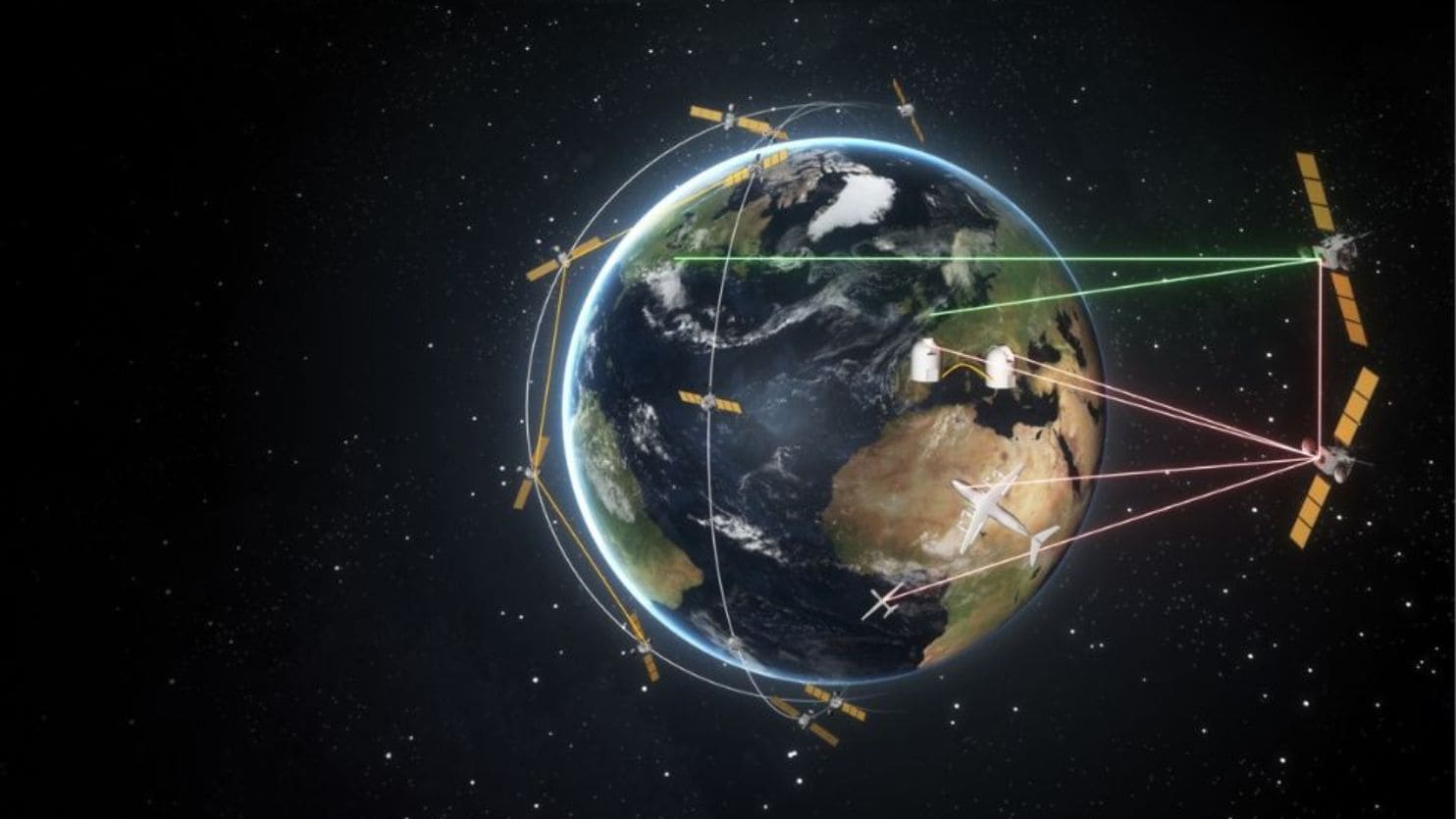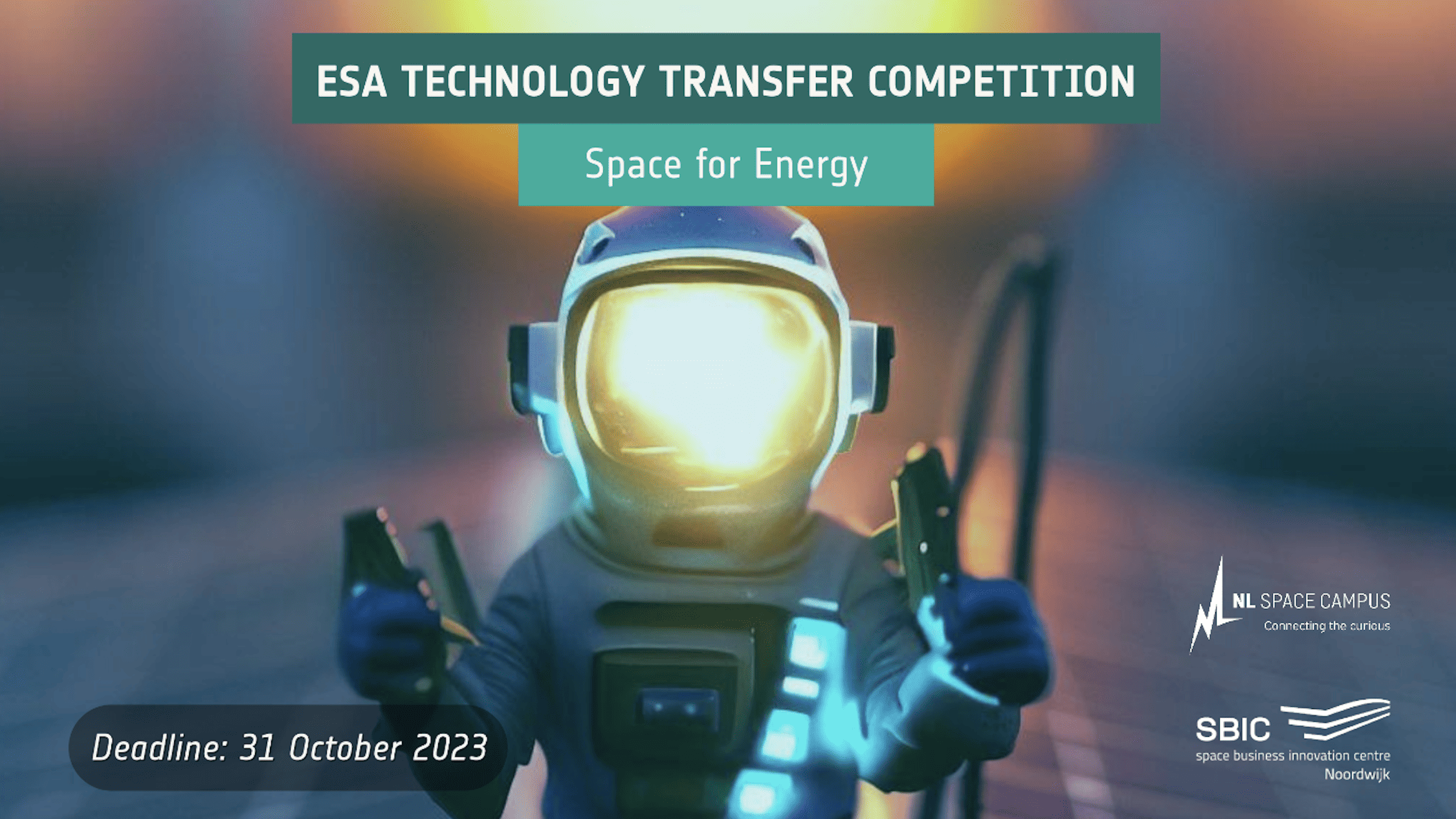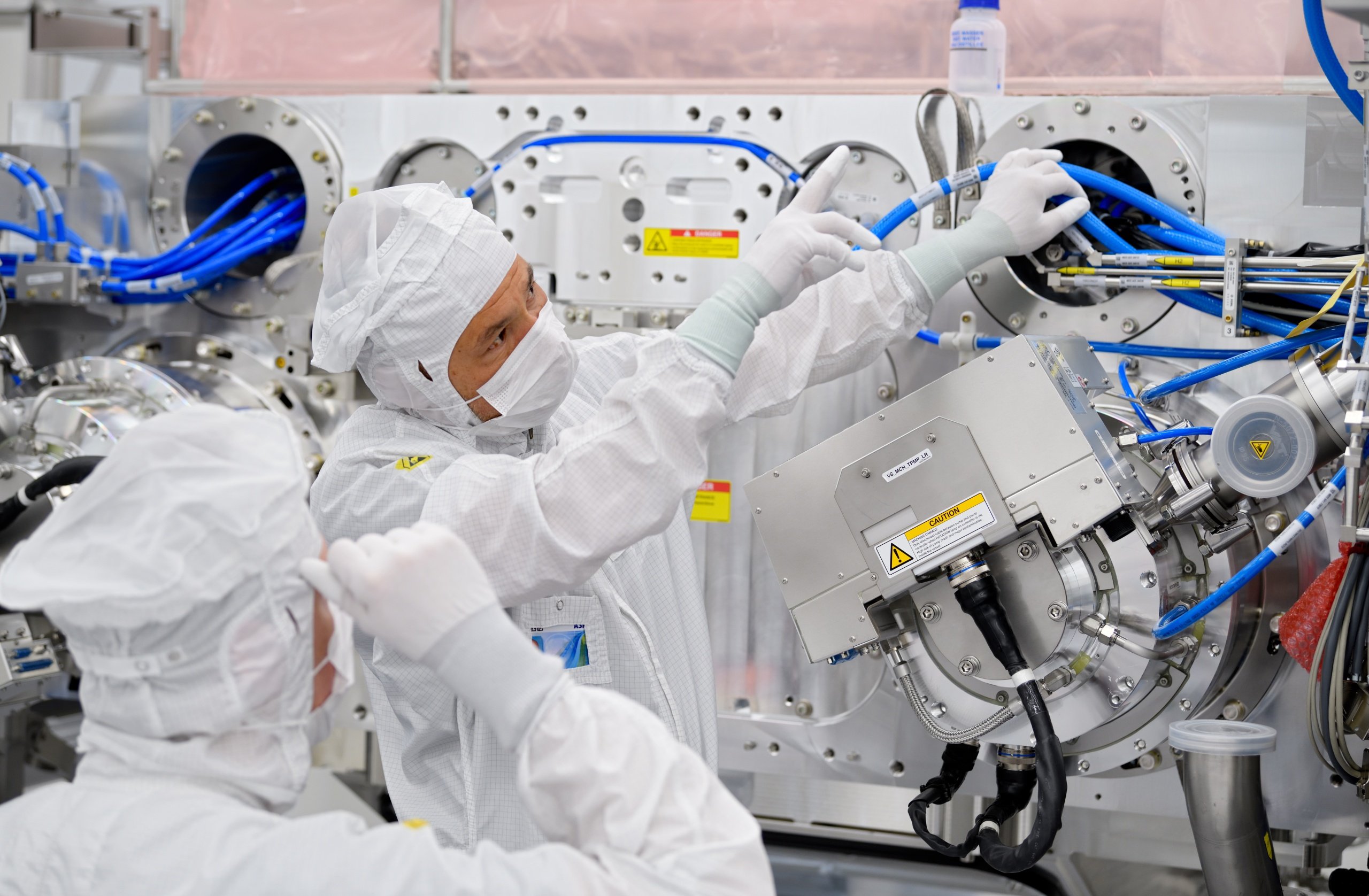
It is the first time data has been sent from a satellite to a ground station on Earth using Dutch technology, TNO writes in a press release. The technology, which works with invisible laser signals, enables much faster and safer data traffic than the radio frequencies used everywhere for communication.
Kees Buijsrogge, director TNO Space: “This pivotal milestone marks a significant achievement in advancing technological sovereignty for both the Netherlands and Europe in a strong NATO, as it will enable faster and more secure broadband connectivity. It’s a provisional outcome of collaborative endeavors within a nascent Dutch industry specializing in optical satellite communication.”
Why this is important:
This is the first time that a Dutch satellite instrument can send data from space. This method of communication is safer and enables much faster and safer data traffic than the radio frequencies currently used everywhere for communication
Laser satellite communication
Almost all connections in daily life, such as Wi-Fi, Bluetooth or 5G, are based on radio frequency waves. Partly due to the increase in data consumption, this radio frequency spectrum is slowly filling up, creating scarcity and interference. Laser satellite communication offers a solution because it can send data faster and more securely via invisible laser signals. Radio frequencies achieve speeds of hundreds of megabits, in some cases several gigabits per second (Gbps).
Laser communication achieves speeds of 100 to 1000 times faster. Laser communication links are interesting even at lower speeds because systems are much smaller, lighter and more energy efficient, which is important for space applications. It is also more secure because very narrow optical laser beams are used instead of wide radio signals. This makes eavesdropping more difficult, and interference is quickly detected.
Experiments
The laser communication system, SmallCAT (Small Communication Active Terminal), was launched in April 2023 by SpaceX aboard a satellite that is operated by the Norwegian Space Agency. Since then, TNO has been preparing to establish a connection between the satellite, which flies in low Earth orbit, and optical ground stations in The Hague (TNO) and Tenerife (ESA ESOC’s IZN-1). During such an experiment, the ground station first sends a signal to the satellite, where it has to be found by the laser communication system on board through its overpass. It then sends its laser back to Earth where the ground station needs to capture it. This is incredibly challenging because the satellite is flying at an altitude of 500 kilometres at a speed of 28,000 kilometres per hour.
During several experiments TNO succeeded in finding both ground stations from space and sending back and recapturing the laser beams with extreme precision. Once a link was established, data was transferred from the satellite instrument and received by the optical ground station in The Hague at a maximum data rate of one gigabit per second. The ground station at TNO in The Hague was developed by TNO together with Airbus Netherlands. It’s the first time this has been achieved with such a compact satellite instrument of Dutch manufacture. It demonstrates that the terminal on the satellite and the ground station work and can also find each other under real conditions.








